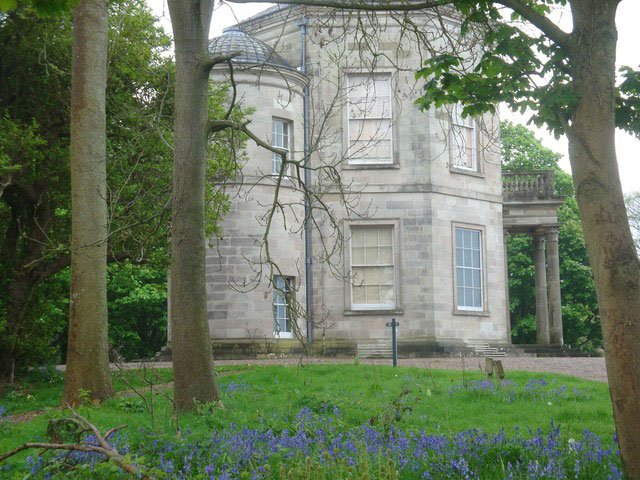Eating out has been a hot topic since the easing of Lockdown, whether to go or not, are the tables inside or out, are they far enough apart, do we wear masks? In the 18th century, Mount Stewart gained its own socially distant banqueting house, about 15 minutes’ stroll from the mansion house. Perfect for a light lunch or afternoon tea, or a summer evening pudding after dinner. Designed by James “Athenian” Stuart and based on a water clock tower in Athens, the little building was named The Temple of the Winds.
Nowadays the word “banquet” has come to mean a sumptuous feast, a wedding reception, or a formal meal celebrating a grand occasion or honouring a respected guest. But in mediaeval times a banquet was a small intimate meal of sweet wines and spices. It was taken standing up after the main course and was originally a way of passing the time required by the ceremony of the “void”, or clearing the “cup-board” as the trestle-style table was known. The great chamber was also prepared for after-dinner activities during this interval. In the later 17th century when French was fashionable “void” was replaced by a French word, desservir, of similar meaning, hence “dessert”.

Once withdrawing chambers came into use the banquet of the void or dessert was often served there; in some places college dons customarily retire from the high table or dais at the end of a meal to eat dessert in the Senior Common Room. Later it became fashionable to serve the banquet in a special room, perhaps in the main house, a garden summerhouse, or in some cases in a roof turret. The interval had become long enough to enjoy a walk in the garden, to take a carriage drive through the grounds, or a stroll across the “leads” on the roof to little domed turrets like those at Longleat, seat of the Marquess of Bath.
If the banqueting room was separate from the main house it usually involved some fanciful architecture in sympathy with the informality of function, and these little buildings were often built in secluded or remote locations giving them an atmosphere of loneliness and romanticism. Shakespeare would use the phrase “as melancholy as a lodge in a warren”. Some of the larger type could serve a double purpose of hunting/fishing lodge or “secret house” where members of the family could live informally if the household was away. In addition to the dining room there would be a kitchen, storage for boxes and necessary utensils, and space for sporting equipment like fishing rods.
So Mount Stewart’s Temple of the Winds fulfills the architectural requirement and is exceptionally well equipped for banquets with two main rooms, a beautiful staircase, cellar-kitchen, storage annexes, and a passageway leading out to a “little set of offices hidden by the contour of the hillside”.
Desserts or banquets could also be served on their own without the precursor of a main course, somewhat like serving a visitor coffee and biscuits today. In fact, when in Western Canada, I have often been invited out in the evening for dessert with friends. The Canadian practice of eating early in the evening requires a supper later and having friends over for dessert becomes a very pleasant, if waist-expanding, social occasion!
NB: My favourite dessert is peach & blueberry cobbler à la mode, and I’m free on Thursdays.
Further Reading: Life in the English Country House by Mark Girourard, a useful, entertaining and easily read reference text, with sections on below as well as above-stairs.
